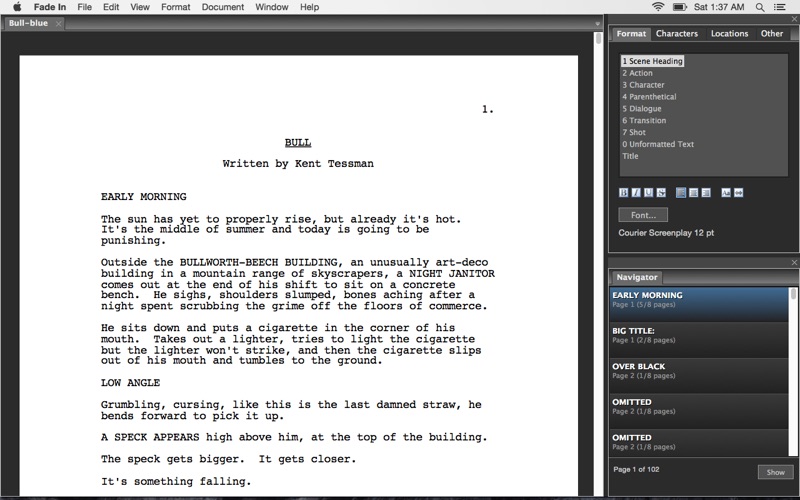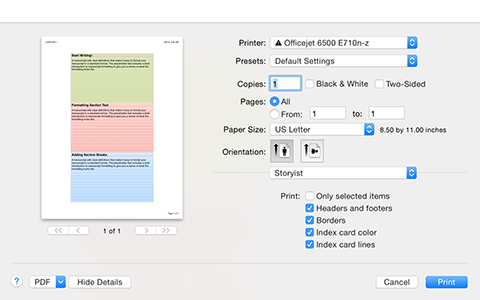
Golfers who hit a solid fade and draw will find that there is little difference in distance. A draw gone wrong can result in a low hook that struggles to get off the ground.ĭoes Hitting A Fade Or Draw Cost Distance? When players are learning to hit a draw, they tend to roll their hands across their body excessively, prompting a hook.Ī fade offers new golfers more forgiveness in terms of the ball going airborne. In my experience, amateur golfers have less trouble hitting a solid fade over a draw. However, others find it easy to induce a draw. Some players may find that their game makes it easy to fade a ball.

A fade is also helpful to get out of trouble when obstacles hamper your line. While this shot suits lefties on holes that dogleg left. Right-handers should use a fade if the hole doglegs right. Left-handers should pull this shot out when the hole doglegs right.įurthermore, it is advisable to hit a draw if you have an obstruction in your line and need to get creative to circumnavigate it. If you are a right-hander, a draw is useful to hit on holes that have a dogleg left. Left-handed golfers simply need to aim to the right of their target and follow the remaining steps as is. This helps you get your hands passing through the ball to start it left and move it right. To pull off a fade you need to attack the ball from a steep angle. The final element is your angle of attack. The second is to ensure that the clubface is slightly open but angled a few degrees left of the target. The first is to aim to the left of the target. Right-handed golfers that are looking to hit a fade should focus on three elements. Next, prompt your hands to move around your body rather than upwards to induce the draw shape. Aim your clubface a few degrees to the right of your target for right-handers. Move your backfoot an inch or two at address to promote an in to out swing path. And the path of your clubhead after impact. The deciding factor in the shape of your shot is the angle that your clubface connects with the ball. Playing a fade can prompt a slice if the face makes contact with the ball at the wrong angle.įurthermore, on dogleg holes that are draw-friendly, a fade may prevent you from reaching a green in regulation. BenefitsĪ fade is an excellent shot to have in your arsenal to work around trees and put yourself into a favorable position on dogleg holes.įurthermore, it gives players consistency and control over their game, enabling them to set up, aim and swing the same on every hole. Conversely, left-handers will move the ball right to left. Therefore, if you are a right-hander the ball moves from left to right. The challenge with playing a draw is that it can induce a duck hook if you don’t get your tempo right on the swing.įurthermore, the excessive sidespin from your draw can be problematic when landing on dry fairways and hard greens.įinally, if you are a right-handed player and the hole doglegs to the right, a draw may put you in a position that makes it impossible to reach the green on your approach.Ī fade is a shot shape that moves in the opposite direction to a draw. What Are The Benefits Of Hitting With A Draw?Ī draw can help you dominate dog-legged holes by enabling you to put your tee shot into position for a clear approach to the green.įurthermore, a consistent shot shape gives you the confidence to repeat your swing and set it up for every shot. It is a controlled shape, but players do run the risk of hooking their ball if it doesn’t come off right.

Conversely, left-handers will move the ball from left to right. What Exactly Is A Draw In Golf?įor right-handed golfers, a draw is a shot that shapes from right to left. Or to navigate around obstacles like trees.

Players induce a draw or fade to gain more control over their shots. Both these shapes are controlled versus a hook or a slice. Draw Vs Fade OverviewĪ draw and fade refer to the shape that your ball travels from the time you hit it to the time it lands. One question mid to high handicappers often ask us is what is better between a draw vs fade in golf? In this post, we address the question and help you identify which shape is best for your game. The ability to work your ball can increase your control around the course and help you escape tricky lies. Shaping your shots is an art that requires significant practice and patience. Draw Vs Fade In Golf – What’s The Difference And What’s Better


 0 kommentar(er)
0 kommentar(er)
